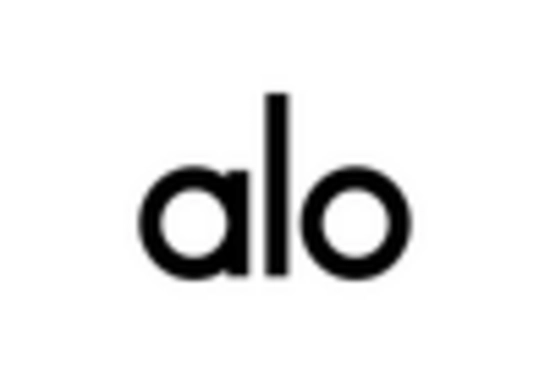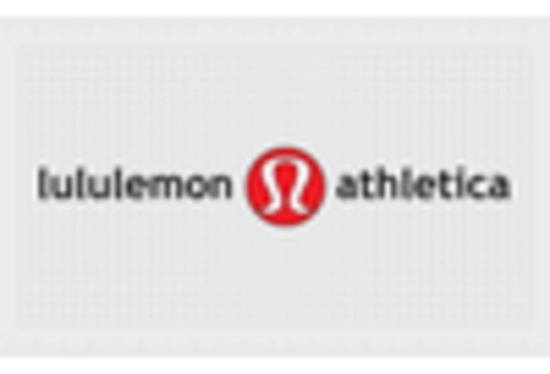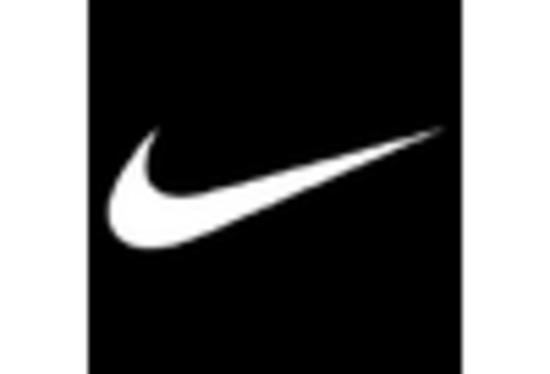Expansion of Yoga Practices
The proliferation of yoga studios and classes worldwide has significantly contributed to the growth of the Yoga Clothing Market. As yoga becomes more mainstream, the number of practitioners continues to rise, leading to an increased demand for appropriate clothing. Recent statistics suggest that the number of yoga practitioners has reached over 36 million in the United States alone, with similar trends observed in various regions. This expansion not only enhances the visibility of yoga but also encourages individuals to invest in quality yoga apparel. Consequently, the Yoga Clothing Market is poised for growth as more consumers seek to align their clothing choices with their yoga practices.
Rise in Health Consciousness
The increasing awareness of health and wellness among consumers appears to be a primary driver for the Yoga Clothing Market. As individuals prioritize physical fitness and mental well-being, the demand for yoga apparel has surged. According to recent data, the fitness apparel segment, which includes yoga clothing, is projected to grow at a compound annual growth rate of approximately 8 percent over the next five years. This trend indicates that more people are engaging in yoga and related activities, thereby fueling the need for specialized clothing. The Yoga Clothing Market is likely to benefit from this shift in consumer behavior, as more individuals seek comfortable and functional attire that supports their active lifestyles.
Influence of Athleisure Trend
The athleisure trend, characterized by the blending of athletic and leisurewear, is a pivotal driver for the Yoga Clothing Market. This trend has transformed yoga apparel into a fashionable choice for everyday wear, extending its appeal beyond the yoga studio. As consumers increasingly seek versatile clothing that can transition from workouts to casual outings, the demand for stylish yoga clothing has surged. Market analysis suggests that the athleisure segment is expected to account for a substantial portion of the overall activewear market, further solidifying the position of the Yoga Clothing Market. This shift indicates a broader acceptance of yoga apparel in daily life, enhancing its market potential.
Diversity in Product Offerings
The Yoga Clothing Market is experiencing a notable diversification in product offerings, which appears to be a significant driver of growth. Brands are increasingly introducing a wide range of styles, sizes, and materials to cater to various consumer preferences. This trend is particularly evident in the rise of eco-friendly and sustainable yoga apparel, which appeals to environmentally conscious consumers. Market data indicates that the sustainable fashion segment is expected to grow at a rate of 9 percent annually. As brands innovate and expand their product lines, the Yoga Clothing Market is likely to attract a broader audience, enhancing overall market dynamics.
Growing Online Retail Channels
The rise of e-commerce has revolutionized the way consumers shop for yoga apparel, serving as a crucial driver for the Yoga Clothing Market. Online retail channels provide consumers with convenient access to a wide variety of yoga clothing options, often at competitive prices. Recent data indicates that online sales of activewear, including yoga clothing, have seen a significant increase, with projections suggesting that e-commerce will account for over 30 percent of the total activewear market by 2026. This shift towards online shopping not only enhances consumer convenience but also allows brands to reach a broader audience. As a result, the Yoga Clothing Market is likely to experience accelerated growth as more consumers turn to online platforms for their yoga apparel needs.

















Leave a Comment